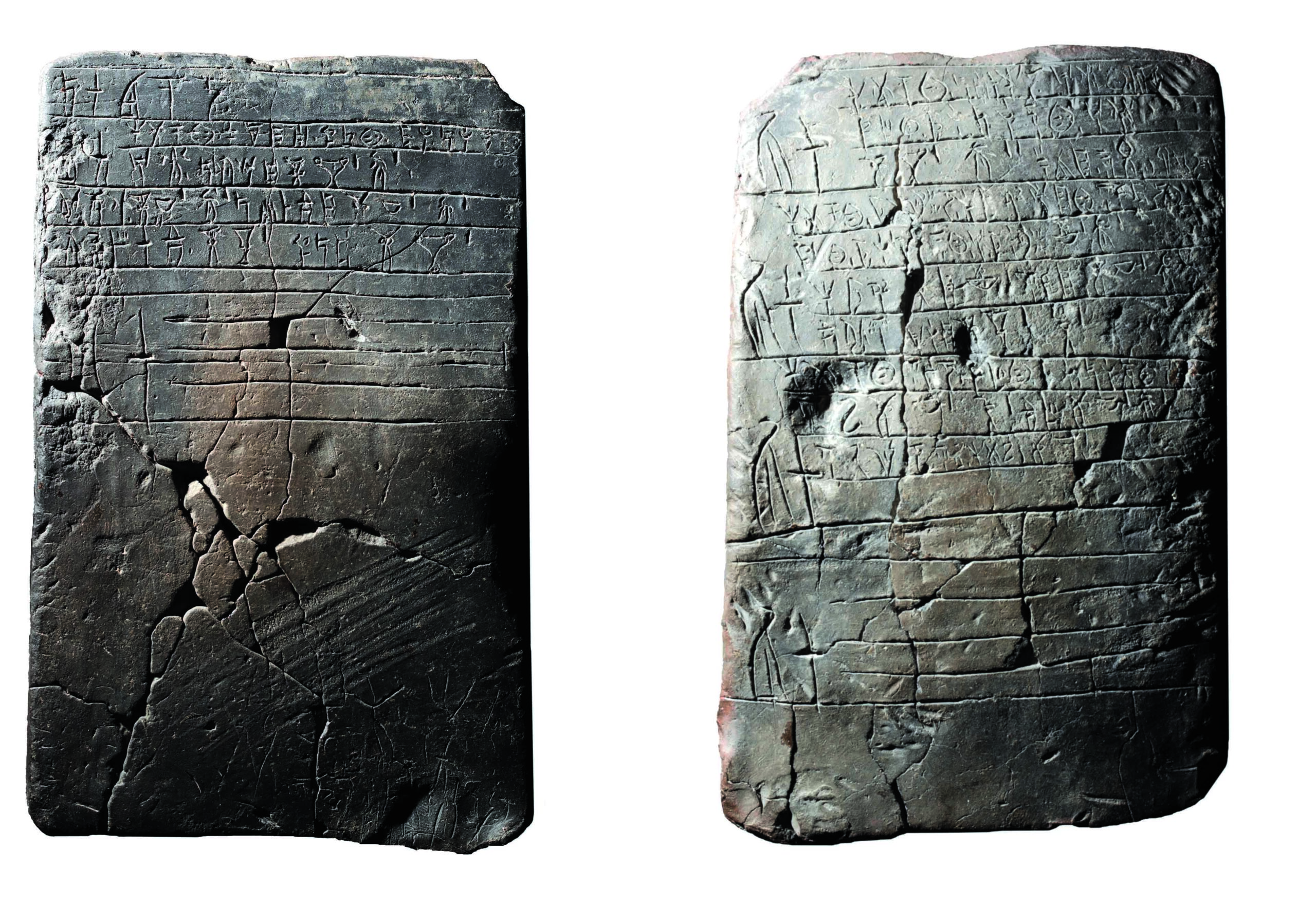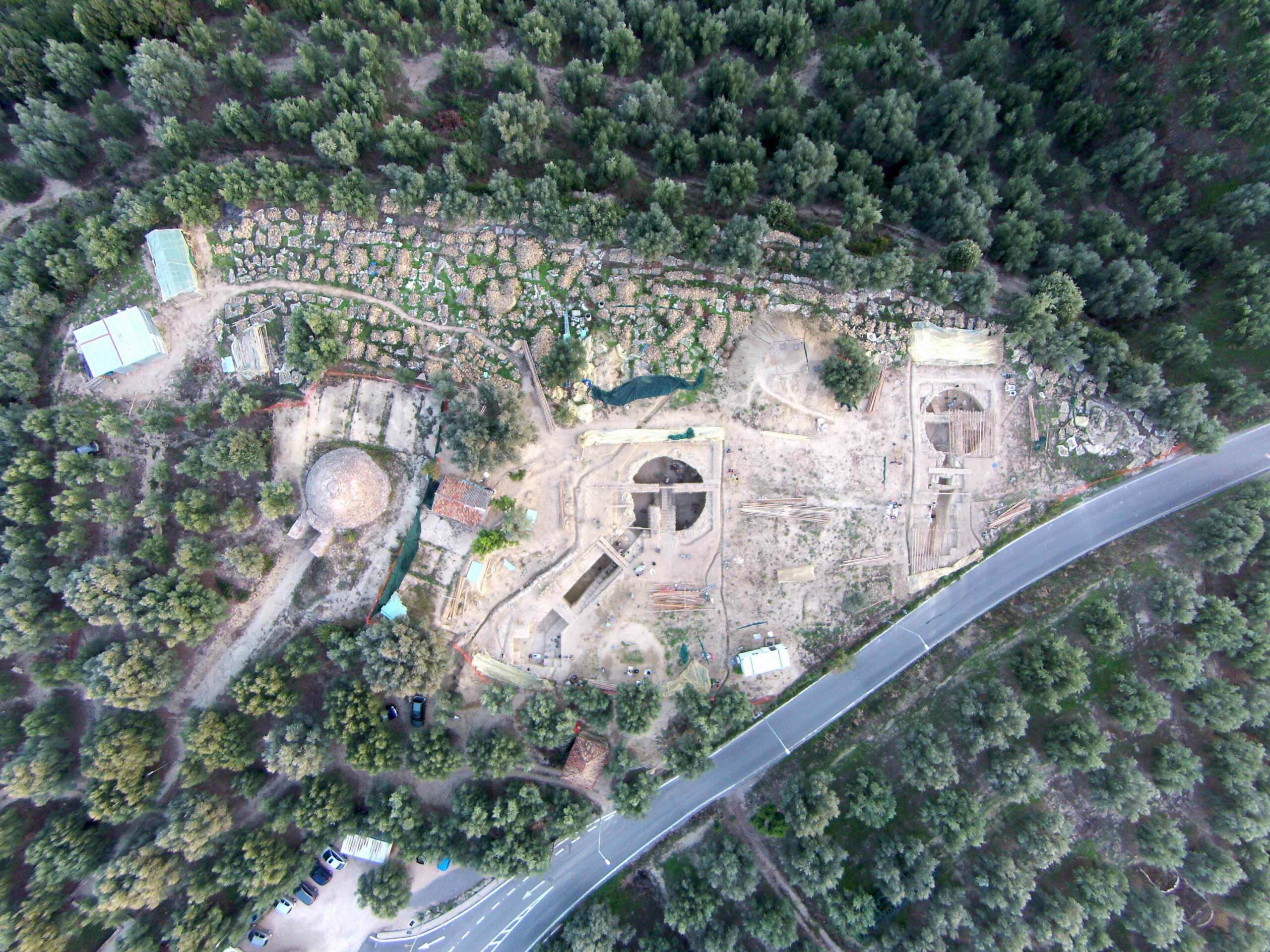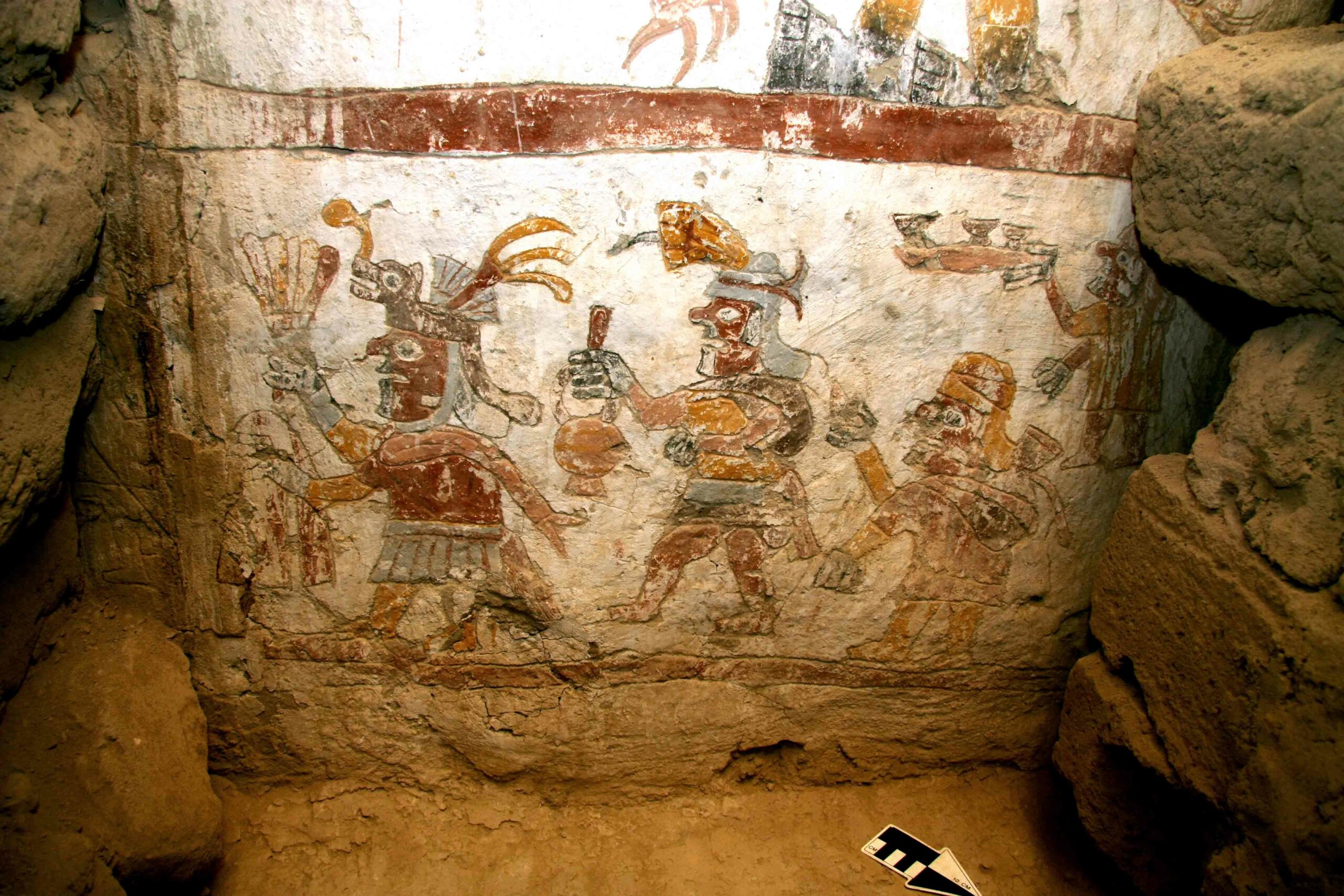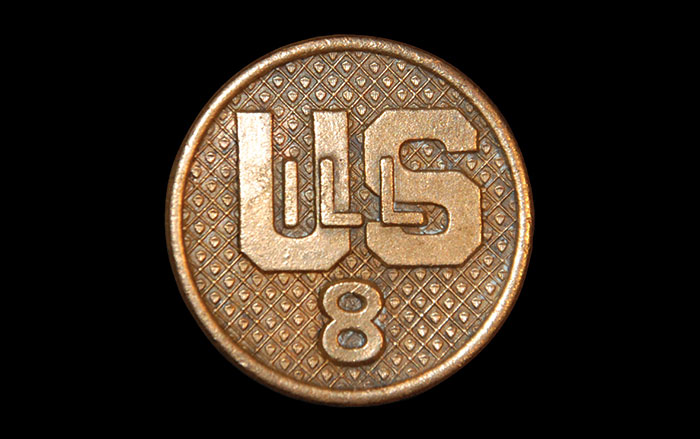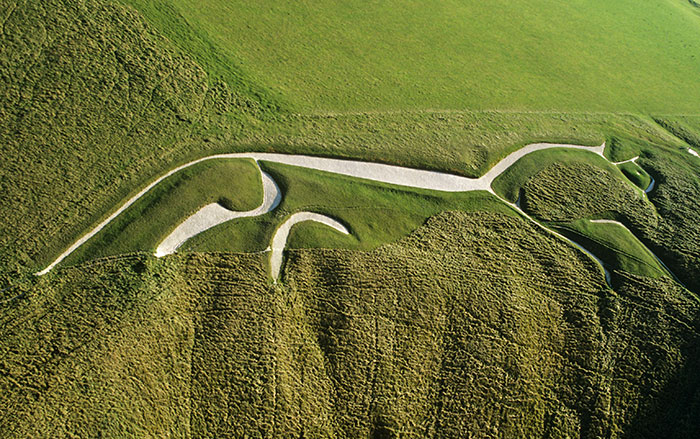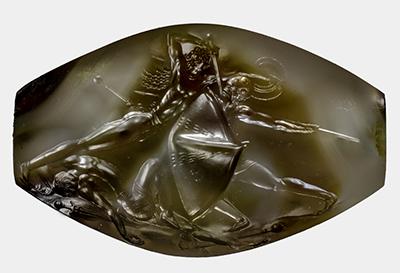
CINCINNATI, OHIO—Conservation of an artifact recovered from the grave of the so-called Griffin Warrior at Pylos has revealed an agate finely carved with an image of a battle between a victorious soldier wearing a codpiece and another wearing a kilt, according to a report in The New York Times. A second kilt-clad fighter is shown dead on the ground. The stone was mounted so that it could have been worn on the wrist. Archaeologists Jack L. Davis and Sharon R. Stocker of the University of Cincinnati say the seal stone, dubbed the Pylos Combat Agate, is a masterpiece likely to have been imported from Crete, and then buried with the Griffin Warrior, who may have been a local chieftain in southern Greece, around 1450 B.C. Fritz Blakolmer of the University of Vienna suggests the image on the seal stone was a copy of a larger work of art, such as a Minoan wall painting, and may represent an event familiar to both the Minoans and the Greeks of the Peloponnese. The detailed image was probably created with the use of a magnifying glass, he added, but no such tool has been found on Crete to date. For more, go to “The Minoans of Crete.”



